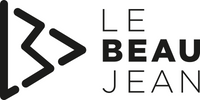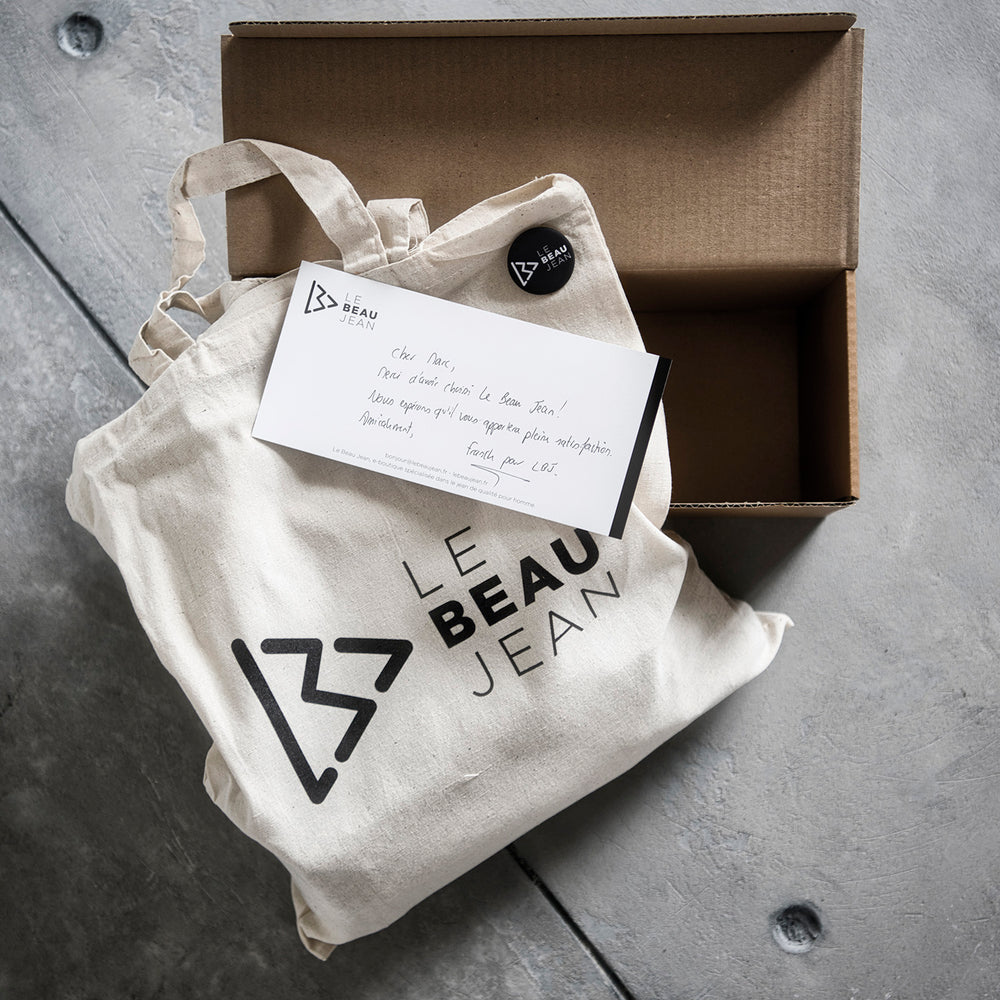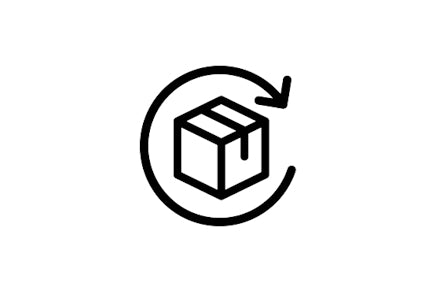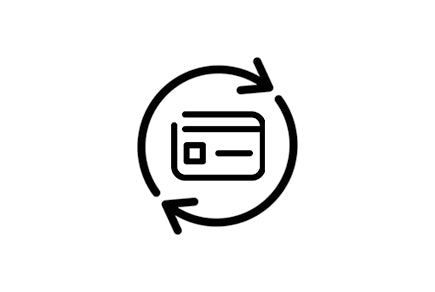Recycling in the textile industry
The textile and clothing industry has been aware of its environmental impact for some time now. Each brand is choosing its side: whether to take responsibility or not to improve recovery channels. The impact of clothing recycling is currently limited. However, it is progressing, and if each brand takes action, we will reach significant quantities.
At Le Beau Jean, our position is clear. We are a (still) modest player, but we are not insensitive to the beauty of the world. To begin with, our products are beautiful, as you will have noticed. We have decided to take this process to the end and make their end of life beautiful.

Responsible solutions Le Beau Jean
In doing so, we are making our contribution (and our jeans) to building a better world . We have identified 3 main options for our discontinued products:
- Reconditioning : This involves direct reuse by putting the garment back into circulation, through sale, or donation. The product remains in its "first life," but must be assessed, cleaned, disinfected, and perhaps even repaired before finding its new user.
- Reuse or upcycling : clothes are taken apart and cut up so that the fabric can be used in a new product, which may or may not be clothing. The fabric then has a "second life." It's a "top-down" approach.
- Crushing : The clothes are shredded. Generally, only the legs can be crushed; the pelvis is lost. Both the product and the fabric are destroyed. They become raw material for a spinning mill that produces recycled cotton yarn or for a manufacturer who finds a new use for it, such as thermal insulation. This is a "bottom-up" exit.

|
Operation |
Benefits |
Disadvantages |
|
Reconditioning |
Minimum treatment, labor, energy |
Cost of cleaning, repair, disinfection Sale by the piece |
|
Upcycling |
Opportunity to create new products |
Small parts Quantity of labor for dismantling and cutting Small series |
|
Grinding |
Avoid outright destruction Automated and mechanized process |
Energy and chemical consumption Large volumes required Production of a short, weak fiber Cost to be compared with that of natural fiber |
We began developing these three sectors in parallel. The table presents them in descending order of interest and by increasing volume requirements for their implementation. It is only natural that we prioritize reconditioning first, followed by upcycling.
Companies that are serious about their circular economy approach must always allow you to identify the person responsible for the next link in the chain so as not to step outside the virtuous circle. For example, every citizen must ask themselves the question: what happens to the clothes I deposit in the clothing banks placed on city sidewalks? Or again: a certain brand advertises the recycling of its products, yes, but what is the actual nature and destination of the recycled products?

Le Beau Jean takes your old pants
To begin the process, we invite you to return any LBJ pants you no longer wear, regardless of the reason or condition. We'll cover the return shipping costs and offer you a €10 voucher to use on our online store for each pair of jeans returned.
If the condition of a recovered pair of jeans does not allow for reconditioning by resale or donation, then we activate the upcycling sector. The jeans are unstitched and then cut so that the recovered fabric can be used in new products using 100% recycled jeans. Our patronages for these new products are in the pipeline, we have a surprise in store for you. As soon as we have recovered a sufficient volume of pants to upcycle, we will be able to announce new original items. And these will be Made in France products of course!
Contact us quickly if you have a pair of LBJ jeans to return!









